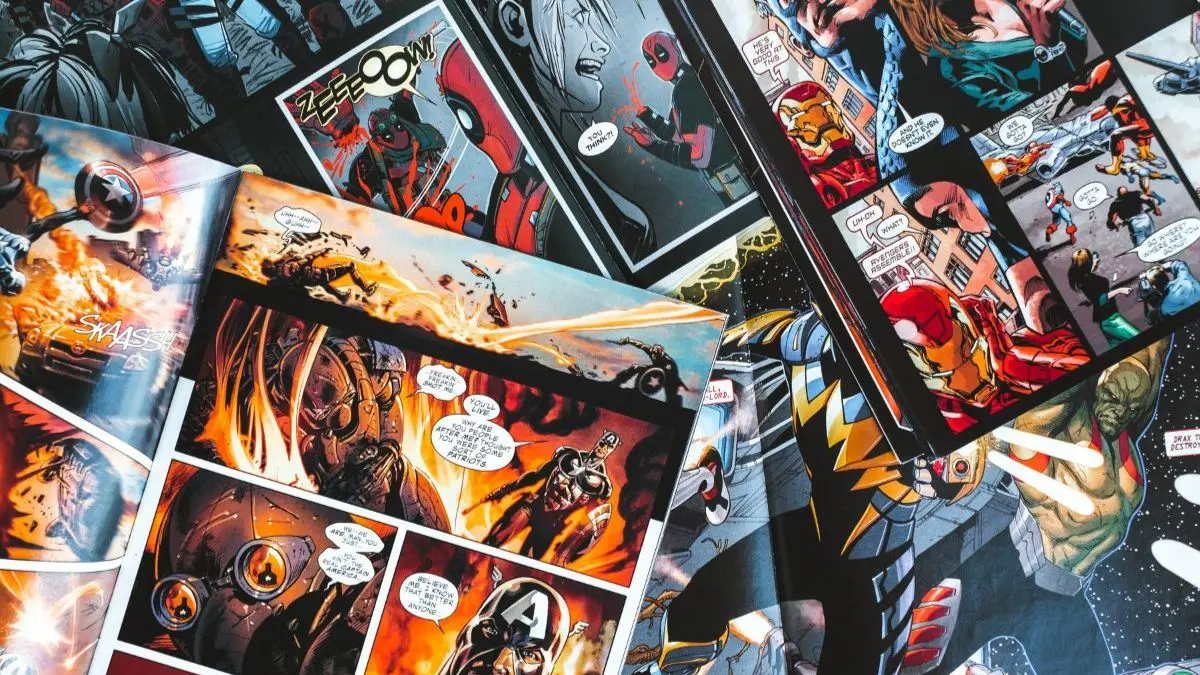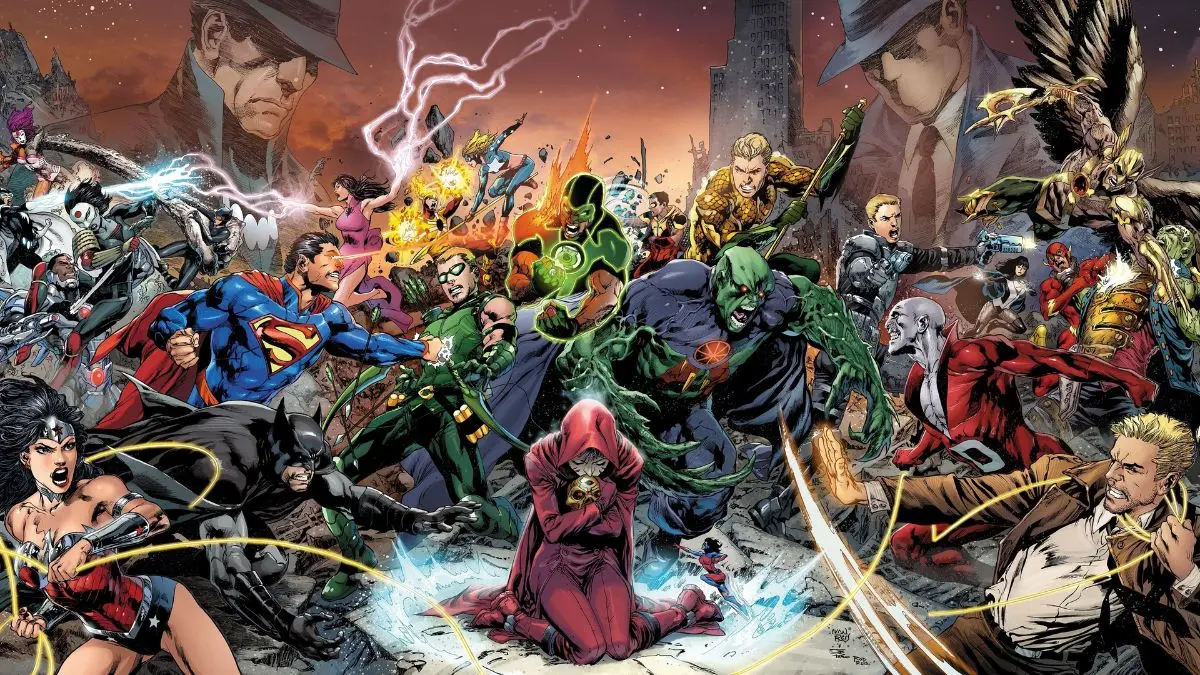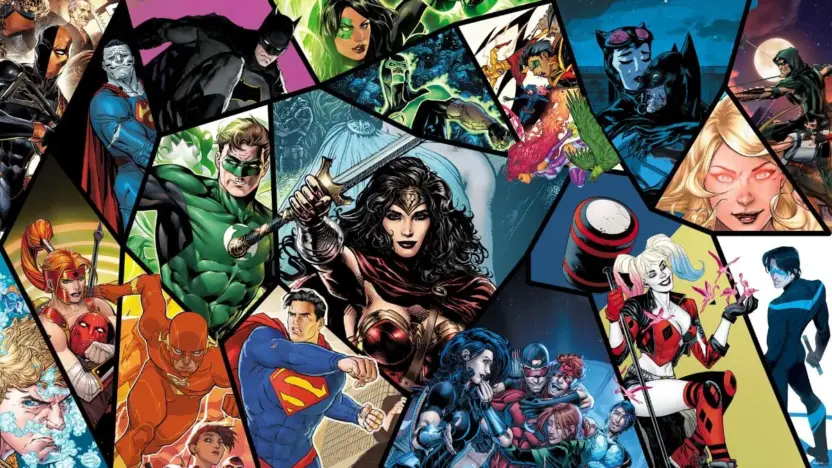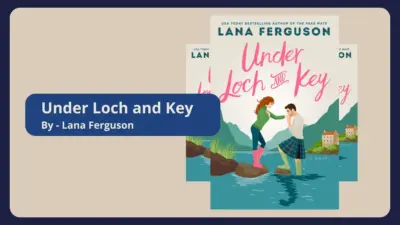Have you ever found yourself diving headfirst into a heated debate about a comic book plot twist, or spending hours scrolling through forums, dissecting every panel of your favorite issue? That’s the magic of fan theories. They don’t just entertain us; they breathe new life into stories we thought we already knew. How fan theories keep comic storylines alive is a phenomenon every passionate comic fan has experienced firsthand.
Fan theories are more than just fun speculation—they’re an extension of the storytelling itself. They fill the gaps, explore the “what-ifs,” and sometimes even shape the way creators approach their craft. When fans come together to share their ideas, they turn a single narrative into a collective experience, ensuring that these stories continue to thrive long after their release.
In this article, we’ll explore how fan theories play an essential role in keeping comic book storylines vibrant, relevant, and endlessly fascinating. Whether you’re a casual reader or a die-hard fan, you’ll find that these theories are the lifeblood of the comic book community—and maybe even the secret ingredient to their lasting appeal.
How Fan Theories Keep Comic Storylines Alive?
The Eternal Cliffhanger
Think about the last time you read a comic that ended on a cliffhanger. Maybe Batman discovered a cryptic note from the Joker, or Spider-Man faced a shocking betrayal from someone close. What did you do next? Odds are, you didn’t just close the book and move on. You started speculating.
Who could the note be from? Is the betrayal part of a larger scheme? And when’s the next issue coming out?
That’s the magic of fan theories—they keep the story alive between issues. Comics, by their very nature, are serialized. They thrive on the suspense of “what happens next,” and fan theories are the bridge that connects one installment to the next.
But here’s the kicker: sometimes, fan theories are so compelling that they become just as important as the official storyline. When a theory gains traction, it creates a ripple effect, spreading across social media, Reddit threads, and fan conventions. Suddenly, the gap between issues isn’t just a waiting period; it’s a thriving ecosystem of ideas.

Filling the Gaps
Comics, as much as we love them, often leave things unsaid. A superhero’s backstory might have holes, a villain’s motives might be ambiguous, or a side character’s fate might be left up in the air. These gaps aren’t flaws—they’re invitations.
Fan theories thrive in these spaces, turning questions into creative speculation. Take the example of Jason Todd’s resurrection in the Batman comics. For years, fans debated whether the former Robin was truly dead, leading to endless theories about his return. When DC finally brought him back as the Red Hood, the reveal felt even more satisfying because fans had invested so much in the mystery.
In many ways, these gaps are a storytelling tool. They challenge readers to engage with the material on a deeper level. Instead of passively consuming the story, fans become active participants, co-creating the narrative with their theories.
The Internet’s Role
Let’s be real—fan theories aren’t new. Fans were speculating about the true identity of the Green Goblin or the fate of Gwen Stacy long before the internet existed. But now? The internet has taken fan theorizing to a whole new level.
Social media platforms like Twitter and TikTok make it easy for fans to share their ideas instantly. Reddit communities like r/comicbooks or r/MarvelStudios are hotbeds for in-depth analysis, with fans dissecting every frame, line, and Easter egg. And let’s not forget YouTube, where creators like ComicsExplained or Variant Comics turn theories into full-blown video essays.
The beauty of the internet is that it allows fans from all over the world to collaborate. Someone in New York might notice a detail in a Spider-Man comic that someone in Tokyo connects to an obscure storyline from the ’80s. Together, they create a theory that goes viral, sparking discussion and debate on a global scale.

Fan Theories That Changed the Game
Sometimes, fan theories are so impactful that they influence the creators themselves. It’s a fascinating feedback loop—fans speculate about the story, and their theories end up shaping the story.
A prime example is the identity of the Hobgoblin in Spider-Man comics. In the original storyline, the writers had one character in mind, but as fan theories grew more elaborate, they decided to go in a different direction to surprise readers. The eventual reveal wasn’t just a plot twist; it was a direct response to the fans’ expectations.
Another instance is the “Three Jokers” theory in DC Comics. For years, fans speculated that there were multiple Jokers operating in different timelines. This theory gained so much traction that DC eventually turned it into an official storyline, “Batman: Three Jokers,” exploring the concept in depth.
These examples show that fan theories aren’t just a byproduct of the comics—they’re a part of the creative process. Writers and artists often keep an eye on what fans are saying, using their theories as inspiration or, at the very least, as a gauge for what the audience finds compelling.
The Emotional Connection
Let’s take a moment to talk about why fan theories resonate on such a personal level. At their core, theories are a form of love letter to the story. They show how much fans care about the characters and worlds they’ve grown attached to.
When you invest time in a fan theory, you’re not just analyzing a story—you’re claiming ownership of it. You’re saying, “This story means so much to me that I want to explore every possibility.” And when other fans engage with your theory, it creates a sense of community. You’re no longer just a reader; you’re part of something bigger.

So, Why Do Fan Theories Matter?
At the end of the day, fan theories keep comic storylines alive because they’re a celebration of creativity. They blur the line between creator and audience, turning storytelling into a collaborative art form.
So the next time you come across a fan theory—or come up with one yourself—remember this: you’re not just speculating. You’re keeping the story alive. You’re ensuring that these characters and worlds continue to evolve, long after the ink has dried.
Also Read: The Evolution of Caped Superheroes



